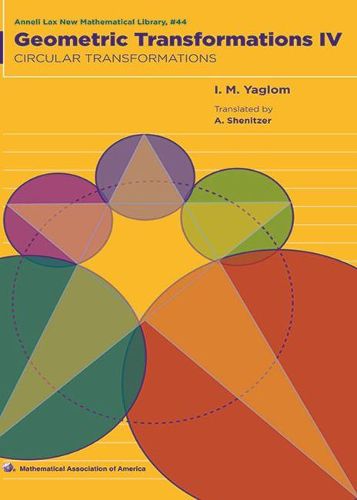Readings Newsletter
Become a Readings Member to make your shopping experience even easier.
Sign in or sign up for free!
You’re not far away from qualifying for FREE standard shipping within Australia
You’ve qualified for FREE standard shipping within Australia
The cart is loading…






The familiar plane geometry of secondary school - figures composed of lines and circles - takes on a new life when viewed as the study of properties that are preserved by special groups of transformations. No longer is there a single, universal geometry: different sets of transformations of the plane correspond to intriguing, disparate geometries. This book is the concluding Part IV of Geometric Transformations, but it can be studied independently of Parts I, II, and III. The present Part IV develops the geometry of transformations of the plane that map circles to circles (conformal or anallagmatic geometry). The notion of inversion, or reflection in a circle, is the key tool employed. Applications include ruler-and-compass constructions and the Poincare model of hyperbolic geometry. The straightforward, direct presentation assumes only some background in elementary geometry and trigonometry.
$9.00 standard shipping within Australia
FREE standard shipping within Australia for orders over $100.00
Express & International shipping calculated at checkout
The familiar plane geometry of secondary school - figures composed of lines and circles - takes on a new life when viewed as the study of properties that are preserved by special groups of transformations. No longer is there a single, universal geometry: different sets of transformations of the plane correspond to intriguing, disparate geometries. This book is the concluding Part IV of Geometric Transformations, but it can be studied independently of Parts I, II, and III. The present Part IV develops the geometry of transformations of the plane that map circles to circles (conformal or anallagmatic geometry). The notion of inversion, or reflection in a circle, is the key tool employed. Applications include ruler-and-compass constructions and the Poincare model of hyperbolic geometry. The straightforward, direct presentation assumes only some background in elementary geometry and trigonometry.